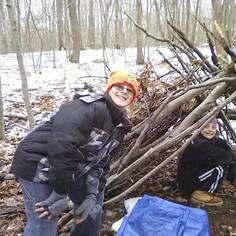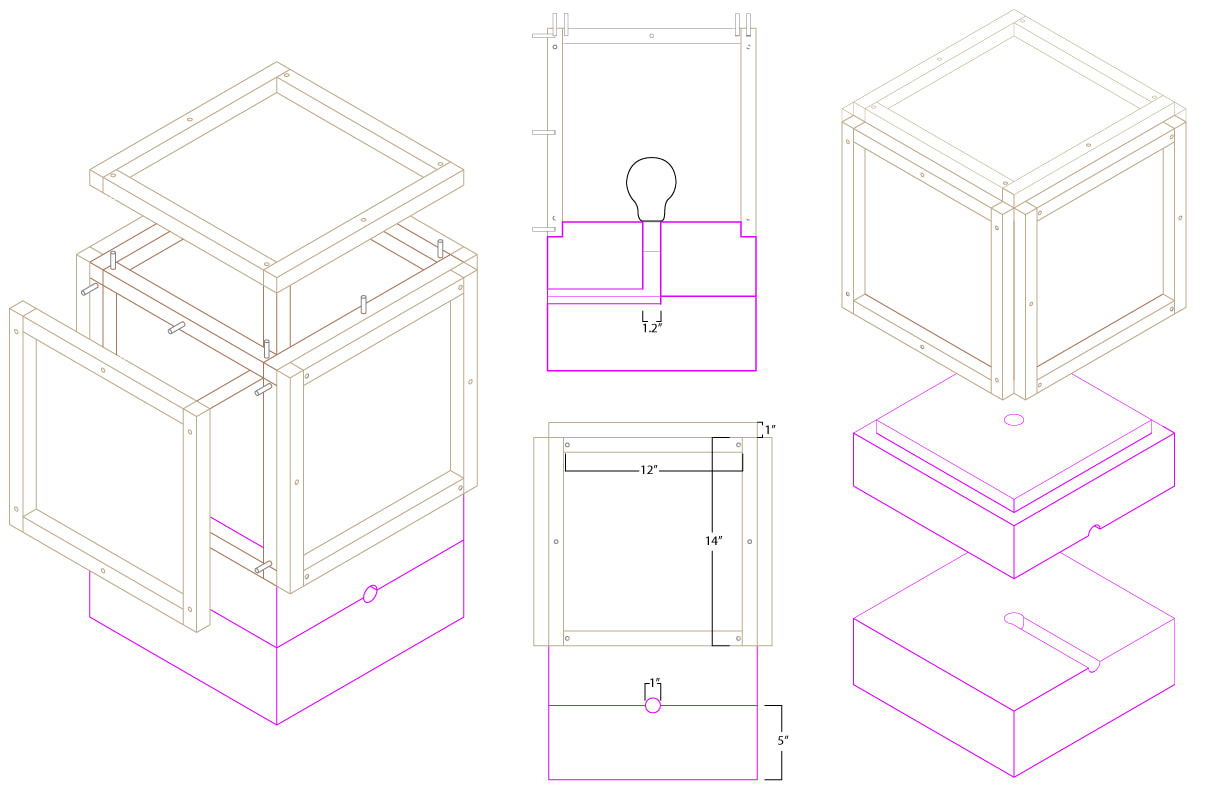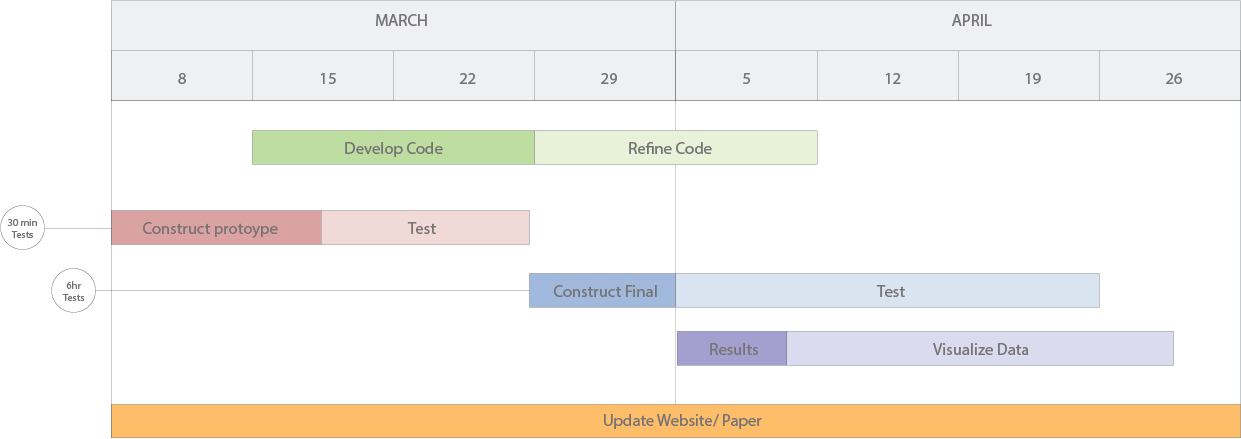DESIGN PROPOSAL
|
While I was researching fast-developing countries, I saw Mongolia on the list and was surprised to see how such an old building type as the yurt was still in use today.
I decided I would like to research yurts as I have spent much of my life building shelters and setting up tents as part of my time with the Boy Scouts, having even slept in a yurt as part of a trip I took when I was really young. I've always found it fascinating how you can use natural resources to heat a space even in extremely cold conditions, so this idea became more appealing to me the more I researched it. I was curious to know which materials perform differently in their ability to trap heat, especially considering the advancements in technology overtime that have brought about new materials and construction strategies for yurts. |
Fig. 01 - Late 2000s/Early 2010s picture of me and my friend making a shelter.
|
Through this research, I hope to optimize yurt heating in order to create an enclosure that keeps its occupants as warm as possible.
RESEARCH QUESTION
What qualities of insulation materials are most effective for retaining heat in cold climates, when examining natural properties, thickness, and color?
RESEARCH QUESTION
What qualities of insulation materials are most effective for retaining heat in cold climates, when examining natural properties, thickness, and color?
My proposal is to construct a simulated cold environment, with covers to secure over the frame made of different materials to test.
For a control group I will measure the heat of the box/frame alone, to see how much heat would be picked up from the interior regardless of any applied materials.
For my variables, I will use the covers from layers of various materials, each option having a difference in layers, and natural/artificial production method.
For a control group I will measure the heat of the box/frame alone, to see how much heat would be picked up from the interior regardless of any applied materials.
For my variables, I will use the covers from layers of various materials, each option having a difference in layers, and natural/artificial production method.
HYPOTHESIS
I believe that the most effective materials will be artificial ones with multiple layers and a dark color. The multi-layered composition of a yurt's exterior is the key to its effective insulation, and I believe the manmade materials unavailable to the Mongols of several hundred years ago will do a better job with retaining heat.
I believe that the most effective materials will be artificial ones with multiple layers and a dark color. The multi-layered composition of a yurt's exterior is the key to its effective insulation, and I believe the manmade materials unavailable to the Mongols of several hundred years ago will do a better job with retaining heat.
HUMBLE BEGINNINGS - THE MOCKUP
|
Fig. 02 - Rhino 7 Drawing of my original mockup design.
(This idea was never realized, because it was deeply flawed). |
Fig. 03 - 4x4x6" Mini model of the mockup. Made from cardboard, trace paper, and foam. Now exists solely onscreen and in our memories, after it got stepped on and broken.
|
I changed the design of my proposal considerably after this mockup. The most notable changes were moving the foam from the base to the inside of the box, as well as only using one removable face instead of five.
Fig. 04 - Schedule for the semester


